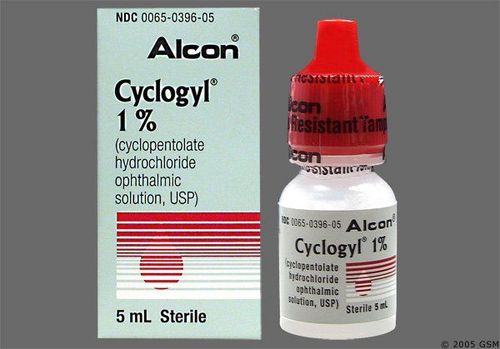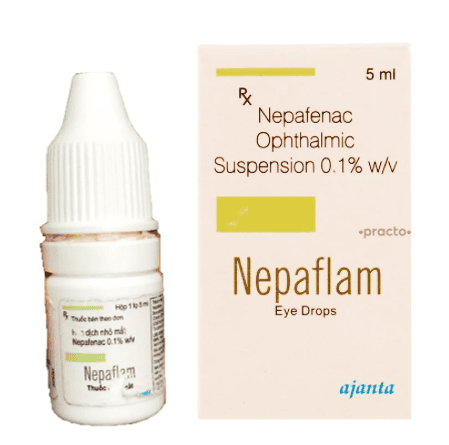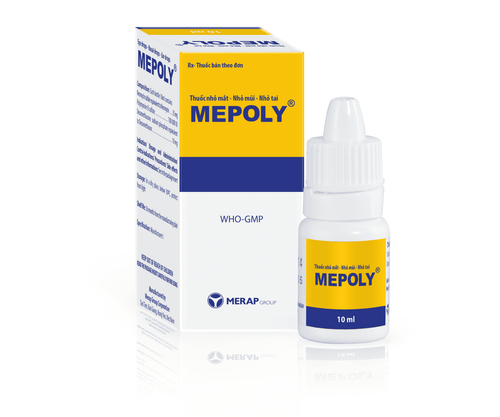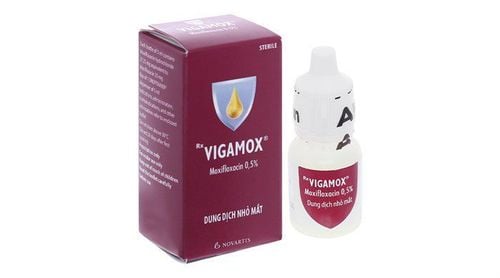This is an automatically translated article.
Cordema is an over-the-counter drug, used in ophthalmology with the effect of reducing swelling for the cornea. To ensure the effectiveness of using Cordema, patients need to follow the instructions of a specialist.
1. What are the effects of Cordema?
1.1. What is Cordema? Cordema belongs to the group of eye drops, used in ophthalmology, is a proprietary product of Globe Pharmaceuticals Limited - USA. The active ingredient in the drug is sodium chloride.
Cordema is prepared in the form of eye drops or eye ointment.
The drug is recommended for both adults and children.
1.2. What does Cordema do? When the cornea is inflamed or damaged, it causes your eyes to produce excess water, leading to decreased vision. You may see halos or circles around point light sources. Cordema eye drops are both a solution and a hypertonic ophthalmic ointment used to draw water out of the swollen cornea. Contraindicated to use Cordema in case:
Patients are allergic to the main active ingredient sodium chloride or any of the excipients of the drug.
2. How to use Cordema
2.1. How to use Cordema Cordema is used directly into the eye. Dosage and frequency of use of Cordema as prescribed by your doctor. Patients should not self-medicate or use the drug regularly without consulting a doctor. Eye drops form:
The bottle will be closed so that you can easily control the appropriate amount of drops. Wash your hands with soap and clean water. Tilt your head back, use your index finger to gently pull the lower eyelid with the other hand, hold the bottle about 1cm from the eye, drop the medicine in and gently close your eyes, do not blink. Try to stay this way for 1 to 2 minutes so that the medicine can be absorbed. If you feel that Cordema is not getting in your eye correctly or you have done it wrong, it should be reduced. Close the Cordema cap after each use. Wash your hands after each application of Cordema and avoid leaving the medication on your hands. Eye ointment:
Wash your hands with soap and water. Tilt your head back, use your index finger to gently pull the lower eyelid, with the other hand holding the tube, squeeze an amount of about 5mm of ointment into the position between the eyeball and the lower eyelid. Then gently close your eyes, do not blink. Try to stay this way for 1 to 2 minutes so that the Cordema medicine can be absorbed. Wipe the tip of the ampoule with a clean tissue and close the cap. 2.2. Dosage of Cordema The dosage, dosing interval and duration of Cordema are different for each patient. You should consult your doctor before taking Cordema. The following doses are recommended only:
Reduces corneal swelling:
Eye drops:
Adults 1 or 2 drops each time, every 3 to 4 hours or as directed by a doctor . Children: As ordered by the doctor. Eye ointment form:
Adults apply an amount of ointment about 5mm each time, every 3 to 4 hours or as directed by a doctor. Children: As ordered by the doctor. Treatment when missed dose:
In case of missed dose of Cordema, it is advisable to supplement as soon as possible. However, if it is almost time for the next dose, skip the missed dose of Cordema and use a new dose. Overdose treatment:
Overdosage has not been observed when using Cordema.
3. Note when using Cordema
Cordema should not be used for a long time. Use the correct route of administration. Do not use Cordema eye drops after the expiry date, the vial is cloudy, discolored or the packaging is open or broken. Opened vials must be used immediately to minimize the possibility of bacterial growth or pyrogen formation. At the end of the course of treatment, the unused vial should also be discarded and not used for the next time. During the test, do not let the tip of the vial or tube come into contact with your eyes or hands. Each Cordema vial or tube is for one person only, do not share or share Cordema with others as it may contaminate the vial leading to eye damage and possibly even vision loss. If your corneal symptoms don't improve in a few days or if they get worse, see your doctor again. While applying the medicine, your eyes may sting or feel burning for a short time. That's because the drug is working. If you experience eye pain, vision changes, eyes that continue to be red, irritated, or symptoms that continue for more than 3 days and get worse, see your doctor. Tell your doctor if you have an eye injury, infection, or eye surgery. You may have to change the medicine you are taking or stop using it. There have not been many clinical studies using Cordema for pregnant or lactating women, so caution should be exercised when using the drug for these two groups of people.
4. Side effects of Cordema
Side effects of Cordema are completely different for each patient, and not everyone experiences such side effects. Therefore, if you are investigating Cordema and experience any unusual symptoms or signs, you should quickly notify your doctor for appropriate and timely treatment.
Most common in most patients used:
Red eyes, change in vision. Temporary eye irritation, burning sensation upon application. If you experience these symptoms, the patient should stop using Cordema and notify the doctor for appropriate treatment.
5. Cordema drug interactions
Currently, there are no recorded interactions of Cordema with drugs, dietary supplements or common foods and beverages. But to make sure it is safe to use Cordema eye drops, it is necessary to inform your treating doctor about the medications you are taking, your medical history and any special diet. .
6. How to store Cordema
The shelf life of Cordema is 36 months from the date of manufacture. Store Cordema at room temperature, in a cool, dry place out of direct sunlight. Keep Cordema eye drops out of reach of children as they may accidentally ingest them. Above is all information about Cordema, patients need to carefully read the instructions for use, consult a doctor / pharmacist before use. Absolutely do not arbitrarily buy Cordema medicine at home because there may be unwanted side effects.













